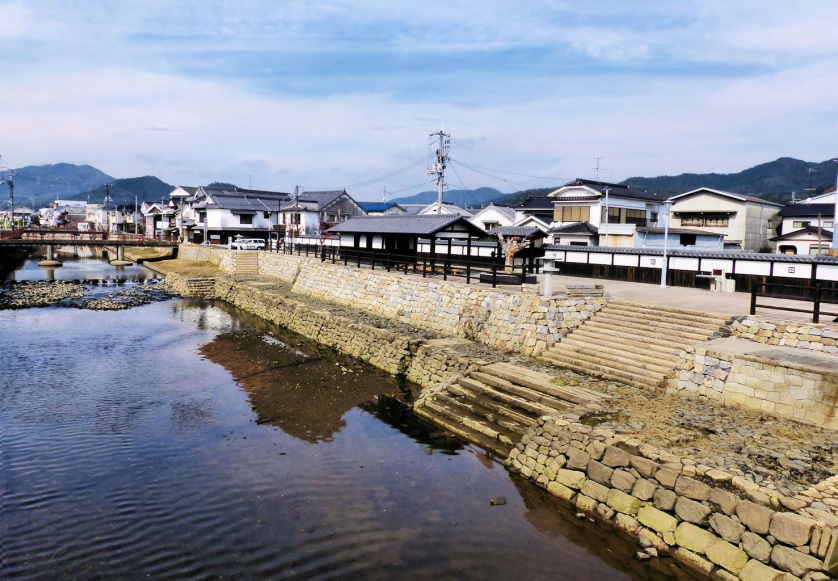Yanai 柳井市
My traditional Fall Color Walk this year was a long one, 7 days, as it coincided with the latest leg of my walk along the Chugoku 33 Kannon Pilgrimage. I started out in Yanai and walked through southern Yamaguchi to Chofu, at the edge of Shimonoseki in the far west of the prefecture/island.While exploring around Yanai itself there was only one single Maple in the yard of one of the big merchant houses open to the public, however the streets were lined with Goldfish lanterns, a local speciality, which at least reflected the color of Autumn.
From Yanai I headed south and climbed up a mountain to reach Hannya-ji, one of the bangai temples on the pilgrimage, and here I found some gingko and maple, though most of it was around the old priests house.
On the way down the mountain and heading towards Tabuse I came across some autumn color that is not usually featured, A type of ivy, I presume, but found climbing over abandoned wooden buildings, of which there are plenty in the Japanese countryside.













































